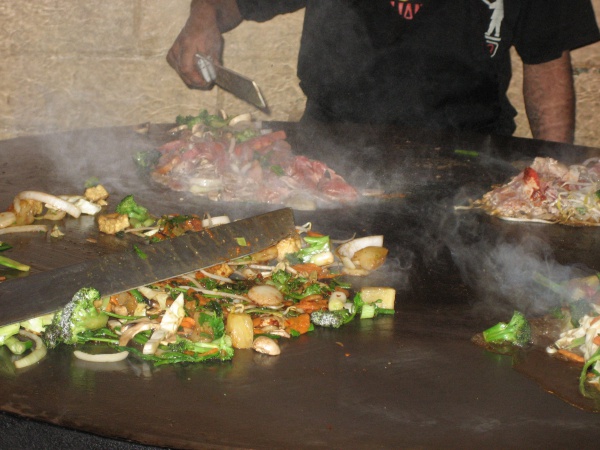Facts About Mongolian barbecue
Mongolian barbecue is a delectable stir-fried dish, surprisingly not from Mongolia but created by Taiwanese comedian and restaurateur Wu Zhaonan in 1951. Despite its name, it bears no connection to Mongolia or traditional barbecue techniques. Initially, Wu aimed to call it "Beijing barbecue" but due to political considerations, he settled on the name "Mongolian barbecue."
So, how is it made? Diners select from a variety of thinly sliced meats such as beef, pork, chicken, and shrimp, along with an assortment of fresh vegetables. These ingredients are then handed over to chefs who cook them on large, round, solid iron griddles at high temperatures. The round shape of the grill ensures quick cooking and helps maintain the integrity of the ingredients. Many restaurants serving Mongolian barbecue operate in a buffet style, allowing patrons to return for multiple servings.
A similar dish in Japan, known as Jingisukan or "Genghis Khan" is especially popular in Hokkaidō. This dish involves cooking mutton on a convex metal skillet. The name derives from the belief that Mongolian soldiers favored lamb, and the skillet is said to resemble their helmets.
Despite some initial hurdles, Wu's Mongolian barbecue stall gained popularity, particularly among diplomats and businesspeople. Although Wu eventually found success in his comedy career, the dish he invented continued to thrive, inspiring various imitators. Today, Mongolian barbecue is enjoyed globally, including in many Western countries.
